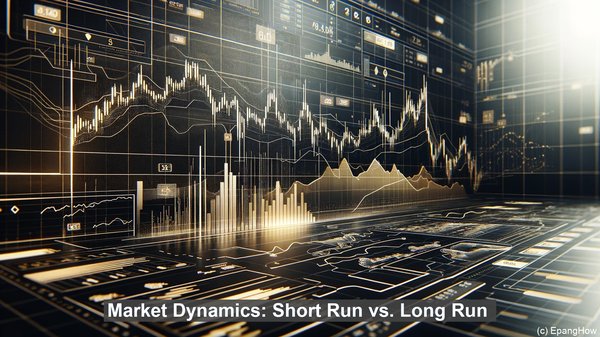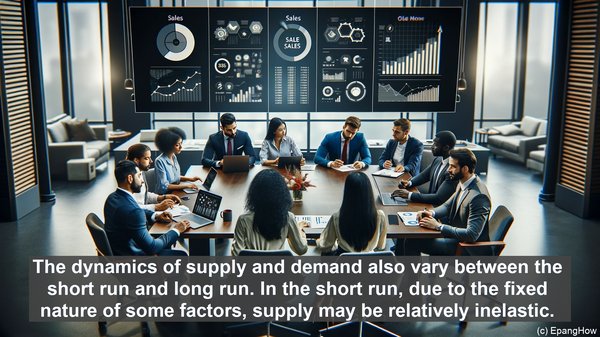Introduction: The Dynamic Nature of Economics
Hello everyone! Welcome to our article on the intriguing world of economics. Today, we’ll delve into the concepts of the short run and long run. These terms are not just about time frames; they represent distinct economic realities. So, let’s get started!
Defining the Short Run: A Limited Time Horizon
When we talk about the short run in economics, we’re referring to a relatively brief time period. It’s a phase where certain factors, such as the quantity of inputs, remain fixed. For example, in a factory, the size of the building or the number of machines may be fixed in the short run. However, there are also factors that can be adjusted in this time frame, such as labor or raw material. Decision-making in the short run often involves optimizing the use of these variable factors to maximize output or minimize costs.
Understanding the Long Run: A Time of Flexibility
In contrast, the long run in economics is characterized by a more extended time horizon. It’s a phase where all factors of production can be adjusted. For instance, in the long run, a firm can expand its factory, invest in new technology, or even relocate. This flexibility allows for a more comprehensive analysis of costs, benefits, and market conditions. Decisions made in the long run often have far-reaching implications for the firm’s competitiveness and market position.

Factors Influencing Decision-Making in Each Run
The factors that shape decision-making in the short run and long run differ significantly. In the short run, due to the limited adjustability of certain inputs, firms often focus on strategies that optimize their current resources. This could mean adjusting the work schedule, increasing overtime, or finding ways to enhance the efficiency of existing machinery. In the long run, however, the scope of decision-making expands. Firms may consider investing in research and development, exploring new markets, or even diversifying their product range.

Market Dynamics: Short Run vs. Long Run
The dynamics of supply and demand also vary between the short run and long run. In the short run, due to the fixed nature of some factors, supply may be relatively inelastic. This means that even if there’s a sudden increase in demand, firms may not be able to ramp up production immediately. Consequently, this can lead to price fluctuations. In the long run, however, firms have more flexibility to adjust their production levels, which can result in a more elastic supply and potentially more stable prices.
